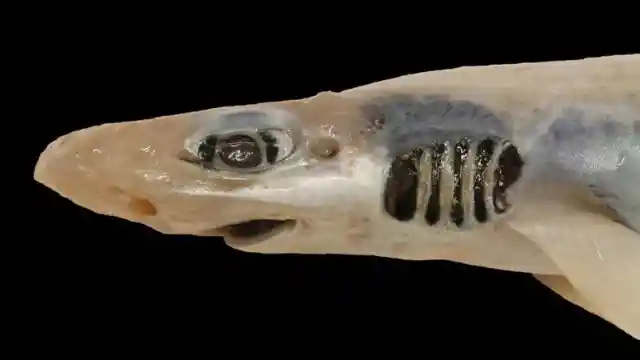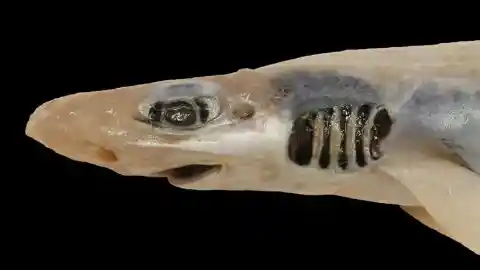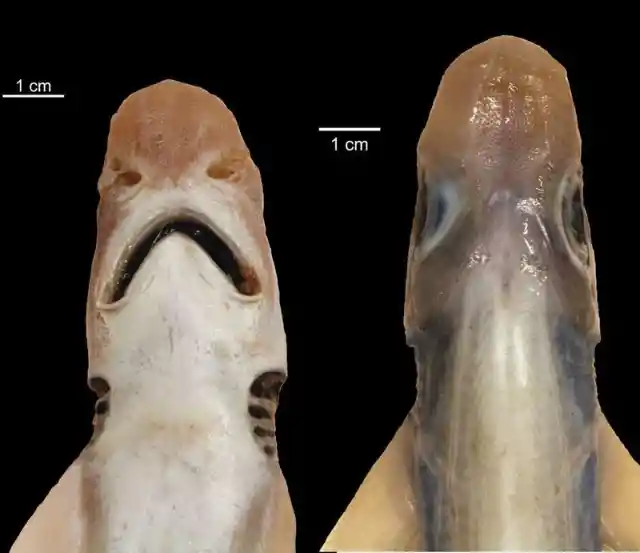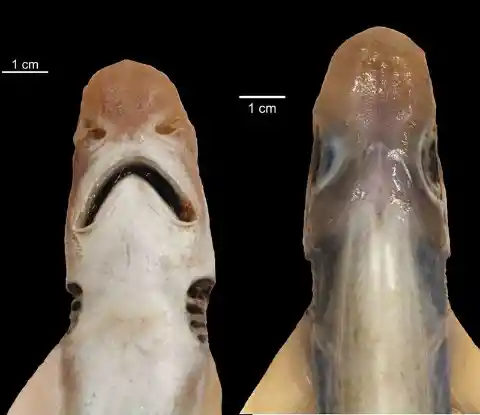

While trawling in Sardinia, a team of researchers came across a catshark that seemed to have no skin. Catsharks are ground sharks in the Scyliorhinidae family. There are around 160 species in 12 genes. They are also known as dogsharks or gato.
Investigating the shark’s anatomy showed that the fish does not have structures associated with elasmobranch skin. These animals have a skeleton made of cartilage vs bone. This is the only time this fish has been found swimming in the ocean.
Their skin plays an important part in their chemical and mechanical defense. The skin secretes mucus that is protective to the immune system by containing antibacterial proteins and a teeth-shaped structure that serves as a barrier against predators.
With further investigation, the team discovered this animal was completely lacking in protective tools and the lack of skin-related structures epidermis, part of dermis, dermal denticles, and teeth. This condition, over time, could be fatal to the species.


The animal they caught was in July 2019 at a depth of 1,640 feet (500 meters). Considering the shark’s skin and its survival, researchers said its condition should be fatal, but they discovered it was very well-developed and healthy. Feeding the animal was actually quite easy as they eat their food whole. It lacked the typical markings of a blackmouth catshark due to lacking the exterior dermal denticles "teeth”.
The authors believe that long-term exposure to chemically contaminated sites could be to blame as well as climate change causing ocean warming and acidification or an error that occurred during the animal’s natural development. Ocean acidification is caused by the ongoing decrease of pH in the Earth’s ocean caused by the increase of carbon dioxide from the atmosphere.
With an environment that is constantly changing, researchers are urging that understanding these animals is an important step in protecting marine animals if they do not find out what caused these skinless sharks.


Further research is expected to uncover why this shark is skinless and what might have happened to cause it.